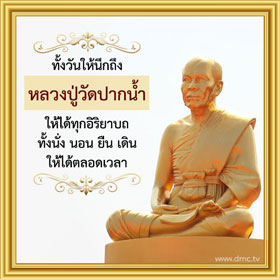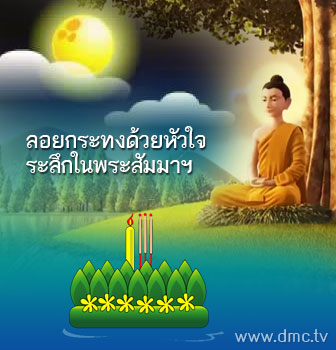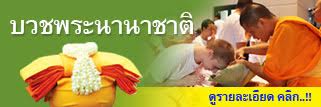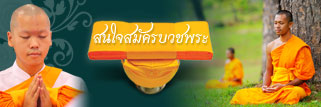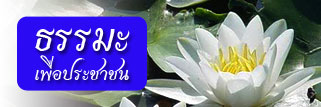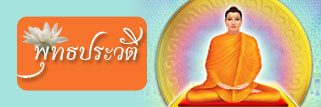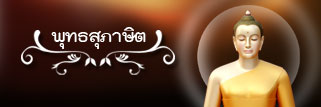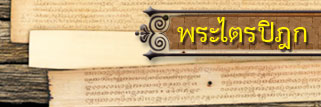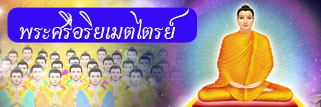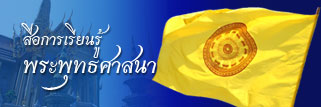Meditation for BeginnersThe Noble Eightfold Path on the Mundane Level # 2The king used to practice generosity with his wealthby inviting 60,000 monks for alms in the palace daqily.2. Right IntentionWhen Right Intention is described in the Suttas, it is anaIysed in to three types:1.The Intention to remove oneself from sensual desire [nekkamma sankappa]2. he Intention to remove oneself from vengefulness [abyapada sankappa]3.The Intention to remove oneself from aggression [avihimsa sankappa]In the Maha Janaka Jataka (J.539), when the Buddha was still pursuing Perfections as the bodhisattva, taking rebirth as king Maha Janka in the city of Mithila, with a Iifespan of 10,000 years. He cultivated the Perfection of generosity and self-discipline for around 1,000 years while still on the throne, until he decided to renounce the throne and become a monk, for the benefit of pursuing the Perfection of renunciation. However, the bodhisattva still had his concerns about theroyual wealth of Mithila. He thought to himself:“Oh! When will I be able to leave this prosperous Mithila with its castles and towers, abundance of the four requisites?”The bodhisattva thought in this way for four months before he was able to fulfil his renunciation. Such thinking can be referred to as ‘the intention to remove oneself from sensual desire’.According to the Dhammasoka Jataka, the angelic host evenrecognized his power bringing him gifts from the Himavanta Forest.When the bodhisattva had renounced the world to live in the forest, he meditated upon a kasina until being able to develop mental powers [abhinna] together with the intention to remove himself both from vengefulness and aggression. At that time, the bodhisattva would have developed Right Intention at the mundane level.In addition, any mood which leads us to think in a way which is unwholesome – to intend to have unwholesome deeds, words or thoughts – can also be considered to be a sign of False Intention. On the contrary, any intention to have wholesome deeds, words or thoughts can be considered as Right Intention.A good illustrative example is that of King Dhammasoka of Pataliputta. The king was very powerful and his reputation spread far and wide. According to the Dhammasoka Jataka, the angelic host even recognized his power bringing him gifts from the Himavanta Forest. Some of the angels would collect seven containers of water for him daily from the Anodata Pool. Minor birds would bring him the daily equivalent of 9,000 cartloads of rice from the Chaddanta Pool. The king used to practice generosity with his wealth by inviting 60,000 monks for alms in the palace daqily. The king wanted to have the chance to pay respect to a fullyenlightened Buddha and with this end in mind, invited the Naga king to come up fromunder the ground and to transform himself into the appearance of a Buddha so that the king could have the chance to pay respect for seven days. The king had the wish also to revere the Dhamma in its 84,000 parts and so built 84,000 stupas containing the Buddha’s relics to give his subjects the chance to pay respect. Once the king had built the stupas and a temple called Asokarama, he held a ceremony in that temple to pay homage to all 84,000 stupas.He was an exemplary Buddhist layman for the rest of his life taking the Triple Gem as his refuge.Later king Asoka wished that Buddhism have an heir so he had his son Prince Mahindara ordain as a monk and his daughter Princess Sanghamita ordain as a nun. The king intended to do his best as a patron of Buddhism and so he organized and sponsored the Third Council. He was an exemplary Buddhist layman for the rest of his life taking the Triple Gem as his refuge.King Asoka even sent a royal message to king Devanampiyatissa of srilanka imploring him also to take refuge in the Triple Gem. He sent Mahindara Thera to spread Buddhism on the island of Srilanka and sent relics and cuttings of the Bodhi Tree there too. All these good actions of king Asoka must have stemmed from a mind of Right Intention.

http://goo.gl/ooiQn







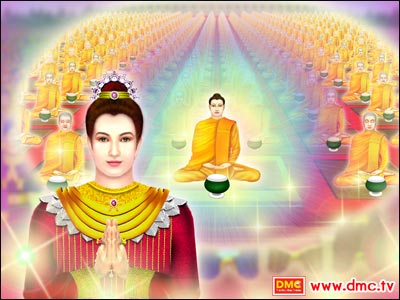

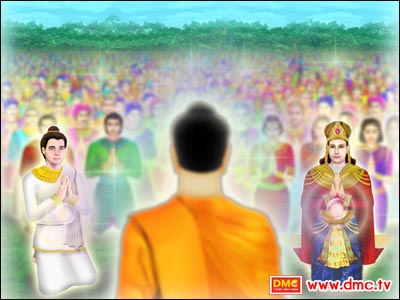
 พิมพ์บทความนี้
พิมพ์บทความนี้
